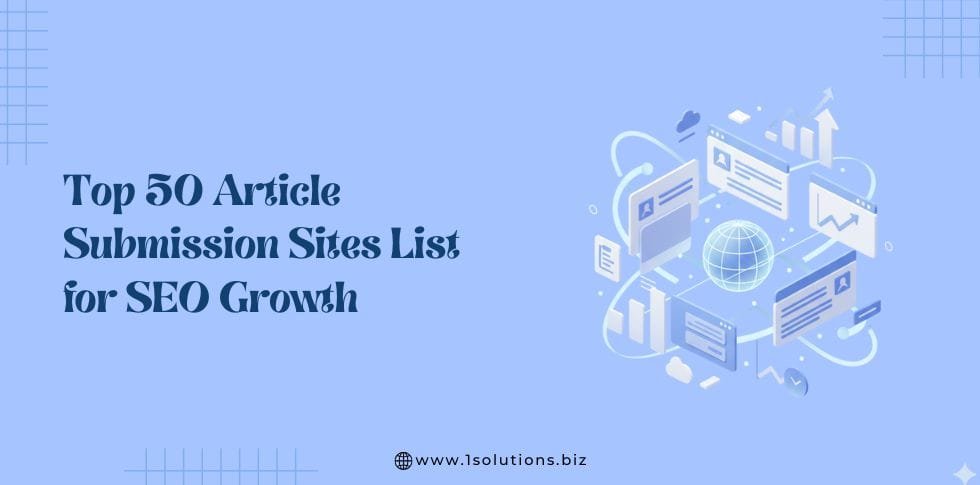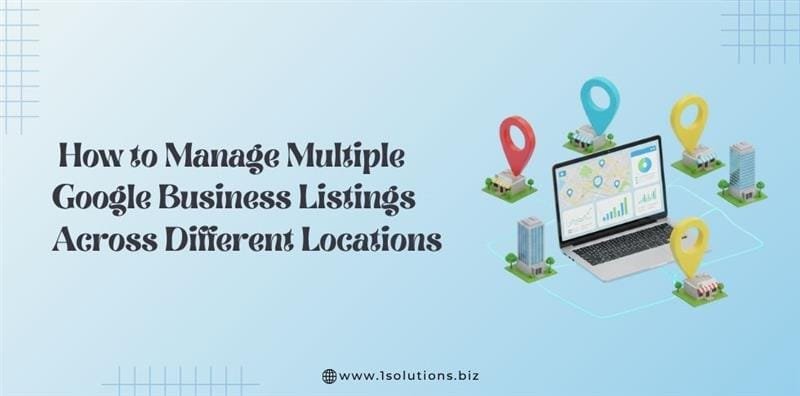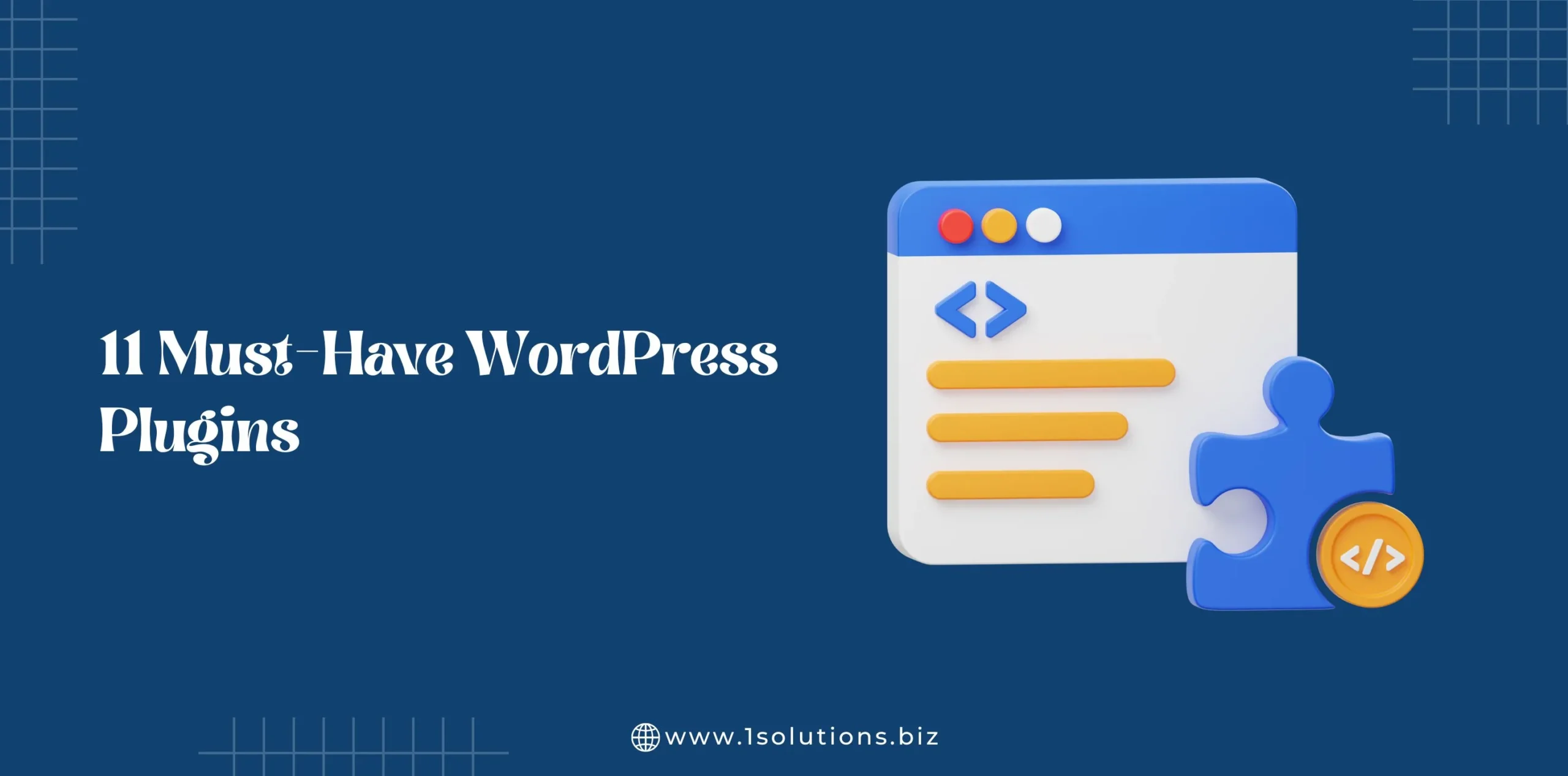The term “search engine optimization” refers to a set of methods and techniques for increasing the number of visitors to a website by achieving a high ranking in search results. Making the website understandable for both users and search engine robots is an important aspect of SEO.
SEO aids search engines in determining what a website is about and how it might be useful to users. In today’s competitive market, it’s critical to rank as high as possible in the search results, which requires an effective SEO strategy. Many people, however, are unsure how to rate a new website on Google.
In a perfect world, your shiny new website would immediately be found by your target audience and you would start ranking high on search engines. Unfortunately, this isn’t always the case. Even if you’ve followed all the right advice, your site may still not rank as high as you’d like. Don’t worry – here are 10 tips to help you rank your new site faster.
Included in this blog post are sure-fire methods that will increase your website’s visibility and organic search engine results. Implementing even a few of these tips should help improve your website’s ranking position and attract more visitors over time. So what are you waiting for? Start reading now!
1.URL Inspection / Fetch & Render

In general, indexing content in Google is not difficult. We can use a variety of Google resources. The URL Inspection method is probably the easiest and quickest. It’s now in the current Search Console, where it was formerly known as Fetch and Render. Both techniques are still available at the time of filming. Fetch and Render are being depreciated. You can upload a URL and tell Google to crawl it using the latest URL Inspection tool. They’ll put it on their priority crawl list if you do that. Simply put, this implies that Google has a list of URLs to crawl. It becomes a priority, and it can be crawled and indexed more quickly.
2. SiteMaps
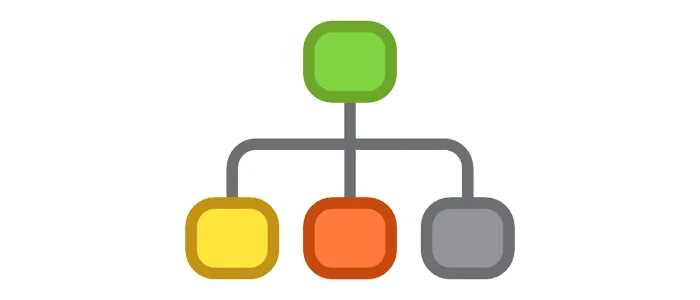
Another common method is to simply use sitemaps. If you’re not already using them, sitemaps are one of the simplest and fastest ways to get your URLs indexed. You’ll want to let Google know they’re there once you’ve added them to your sitemap. There are a variety of strategies that can help to improve the efficiency of this method.
The first and most simple method, which everybody mentions, is to simply include it in your robots.txt file. You have a list of directives in your robots.txt, and at the end of it, you simply say sitemap to tell Google where your sitemaps are. This is something you can do with sitemap index files. You can include several sitemaps in your list. It’s really easy.
3. Google Indexing API
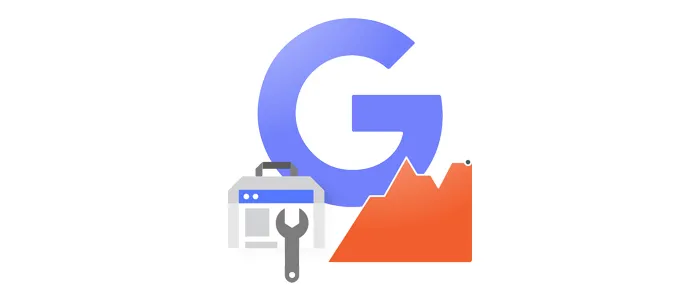
Both Google and Bing have launched new APIs in the last few months to help speed up and simplify the crawling and indexing of URLs.
By submitting 100s or 1000s of URLs through an API, each of these solutions has the ability to significantly speed up indexing.
While the Bing API is meant for any new/updated URL, Google’s API is designed for “either work posting or Livestream structured data.”
This is where indexing comes into play. There are a few other things you can do to help your content get indexed faster and rank higher at the same time.
4. Links from important pages
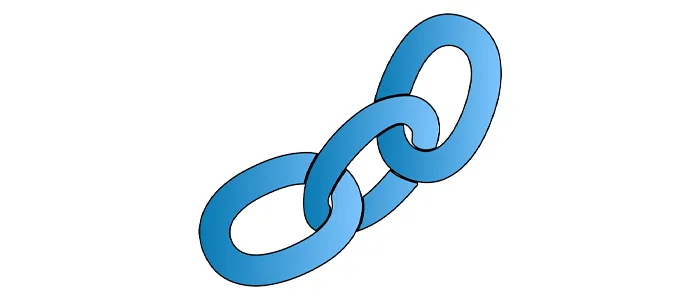
If you’re going to publish new material, the first thing you can do is make sure you’re linking from important sites. Your homepage, adding links to new material, your blog, and your resources page are all important pages. This is a fundamental measure that you should take. You don’t want those pages on your web that have no incoming links to become orphaned.
The addition of the links informs Google of two things. It indicates that we can crawl this connection at some point in the future, and it is added to the standard crawling queue. But it also emphasizes the significance of the relation. As a result, important pages should connect to each other. Google can say, “Well, we have important pages linking to this. We have some quality signals to help us determine how to rank it.”
5. Update old content
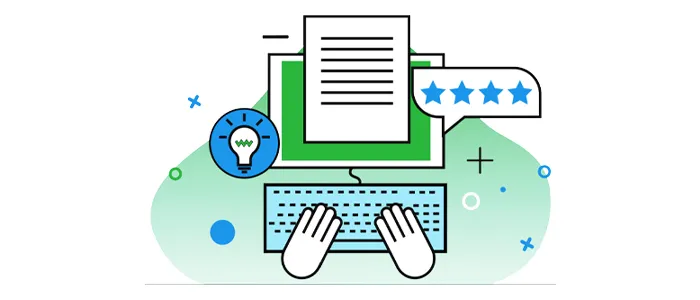
However, a move that many people overlook is linking from your important sites, as well as going back to older content and finding relevant places to position those links. Many people place a link on their homepage or link to older posts, but they overlook the step of going back to your older articles and adding links to the new material.
Now, which pages do you include? One of my favorite strategies is to use this search operator, where you type in the content’s keywords and then do a site:example.com. This helps you to locate specific pages on your web that are related to your target keywords, which make excellent targets for linking from older content.
6. Share socially

Sharing on social media is an obvious move. When you publish new content and post it on social media, there is a strong link between social shares and content rating. However, sharing on content aggregators such as Reddit generates actual links for Google to crawl. Google will see those signs, see the social interaction, see places like Reddit and Hacker News where people post real links, and it does the same thing as adding links from your own material, except it’s even better because it’s external links. It’s a matter of external signals.
7- Generate traffic to the URL
This is a more modern approach that is a little controversial in terms of its efficacy, but we’ve seen it work anecdotally several times. This is nothing more than driving traffic to the new content.
There is currently some controversy on whether traffic is a ranking factor. Some old Google patents mention traffic measurement, and Google can definitely calculate traffic with Chrome. They can see the origins of those sites. But, using Facebook ads as an example, let’s say you’re launching some new content and using Facebook ads to drive a lot of traffic to it. You’re paying for the traffic, but Google will theoretically see it because they use the Chrome browser to track stuff.
After we’ve had our content indexed, we’ll discuss a few options for possibly rating your content faster.
8. Generate search clicks

You can generate search clicks in addition to driving traffic to the URL.
So, what exactly do I mean? Assume you’re sharing a URL on Twitter. You share to a Google search result instead of directly to the URL. People will click on the link, which will take them to a Google search result with the keywords you’re trying to rank for, and they will search for and click on your result.
It boosts your click-through rate, which could or could not be a ranking factor. However, it also aids in the ranking for auto-suggest questions. As a result, if Google notices that people are searching for “best cars 2019 Toyota,” it will appear in the suggest bar, which will help you rank if you’re ranking for those words. So, instead of linking directly to your URL, some SEOs use advanced techniques like creating search clicks.
9. Target query deserves freshness
If you choose words that Google thinks merit freshness when creating new content, you can make it rank faster. It’s probably better if I just offer a couple of examples.
Consider a person who types in “cafes open Christmas 2019” into Google. That’s a result for which Google wants to include a brand-new result. You want the most up-to-date information on which cafes and restaurants will be open for Christmas in 2019. Google can give more weight to pages that were produced recently. As a result, if you aim at certain questions, you may be able to rank a little faster.
Compare that to a quest for “Bible history.” You’ll probably find a lot of really old pages, Wikipedia pages if you Google that right now. Since those findings don’t change often, it’ll be more difficult for you to break into those SERPs with newer material.
Simply type in the queries you’re trying to rank for and look at the most recent results to see how old they are. This will show you how much Google feels this question merits in terms of freshness. You may be able to get in a little faster if you choose queries that merit a little more freshness.
10- Leverage URL structure

Finally, as the last tip, this is something that many places do and do not do because they are simply unaware of it. Make use of the URL structure. When Google encounters a new URL or a new page to index, it does not yet have all of the necessary signals to rate it. They have a number of algorithms that attempt to predict where it should be ranked. They’ve previously mentioned that they use the URL structure to evaluate some of the parameters.
Think about it. All of the New York Times’ book reviews can be found at newyorktimes.com/book-reviews. Each of these URLs, they have a number of proven ranking signals. When a new URL of the same structure is written, they will use temporary signals to rate it appropriately. If you have high-authority URLs, such as your blog or your site’s tools, and you’re using an established URL structure, new content published using the same structure can have a slight ranking advantage, at least in the short term, before Google figures these stuff out.
Take Away-
SEO can be a complex field, but following these simple tips will help you rank your new website faster. Whether you’re running a lawn care business, a pet care service, a local plumbing company, or any other community-focused enterprise, optimizing for local search is more important than ever. If you need help getting started or want to ensure that your website is performing at its best, our team of SEO experts is here to assist you. Contact us today for a free consultation and let us show you how we can help improve your site’s ranking and drive more traffic to your business.



















